How Can You Succeed by Using Google Ads Data in SEO?
You can obtain great results if you carry out your SEO works with the data you have collected via Google Ads. I wanted to share with you some metrics and data you can use on the SEO side.
We use many paid SEO tools such as Ahrefs or SEMrush and we benefit from their data. So, if we have invested in Google Ads (Adwords) and PPC, and Google shares similar data, why not benefit from them as well?
Before I start, I would like to state that I will skip concepts like “analyze your target audience” as in the image below and try to directly address how you can make use of the data.
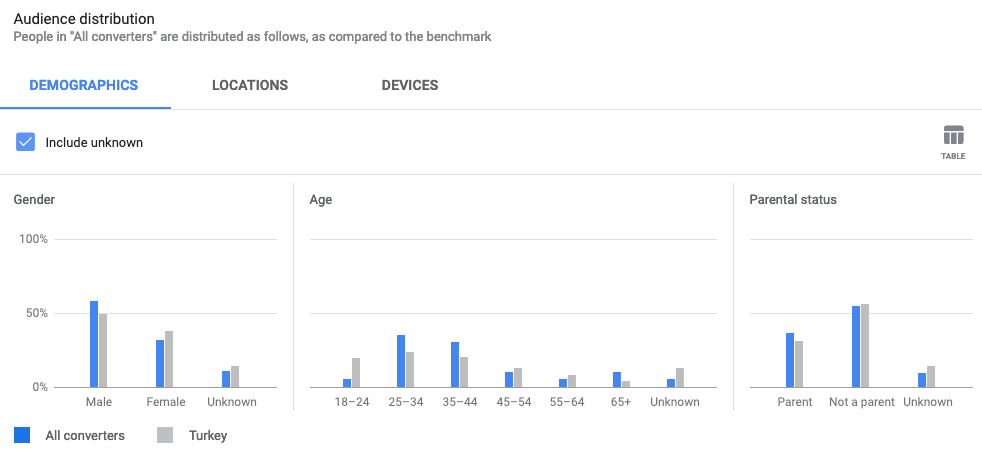
The Search Terms Report
With the search terms report, you can identify many words that you aren't able to see in your keyword analysis. You can analyze the keywords in the ads of your choice, as well as what those keywords trigger and, as a result, what terms bring users to your websites.
In search ads, if search terms have a high conversion rate matrix, you can also identify those words and improve the page specifically for them.
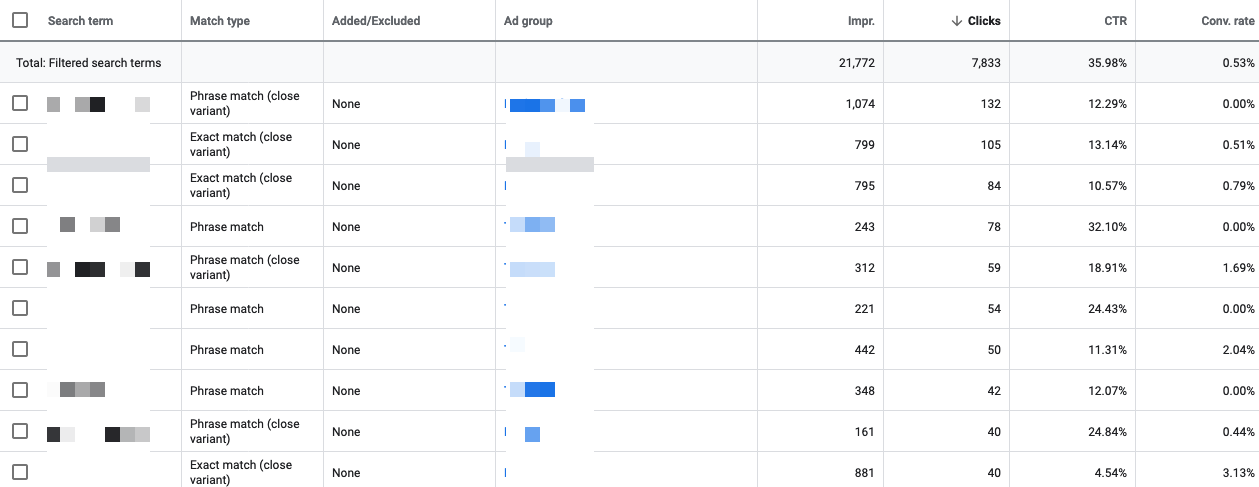
You can export the table in many formats and filter it from the web page. You can identify the words with great conversion rate and include them in your SEO works. In addition, dynamic search ads might also offer you different words. You can try it if you want to.
Maybe you can use these words on the blog side as well as improving the web page. You can find queries such as ”what is“ and ”how to" and look at their search volumes. This way you can contribute to your website.
If the searched words contain direct questions, you can clearly see that users tend to search for those questions. If you are able to answer these questions, you can make plans to attract them organically as well. You can clearly show the answers to the questions on the page detail.
Sample use;
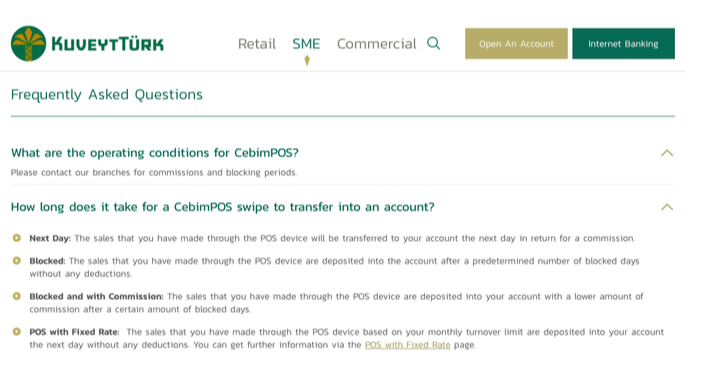
Words That Bring No Conversion
You can filter and analyze words that have cost you a lot of money in Google Ads, but bring you no conversion in any way.
For example, when I filter pages with a number of clicks greater than 200, cost more than 200 TL, and conversion number less than 1, a table appears like the one below.
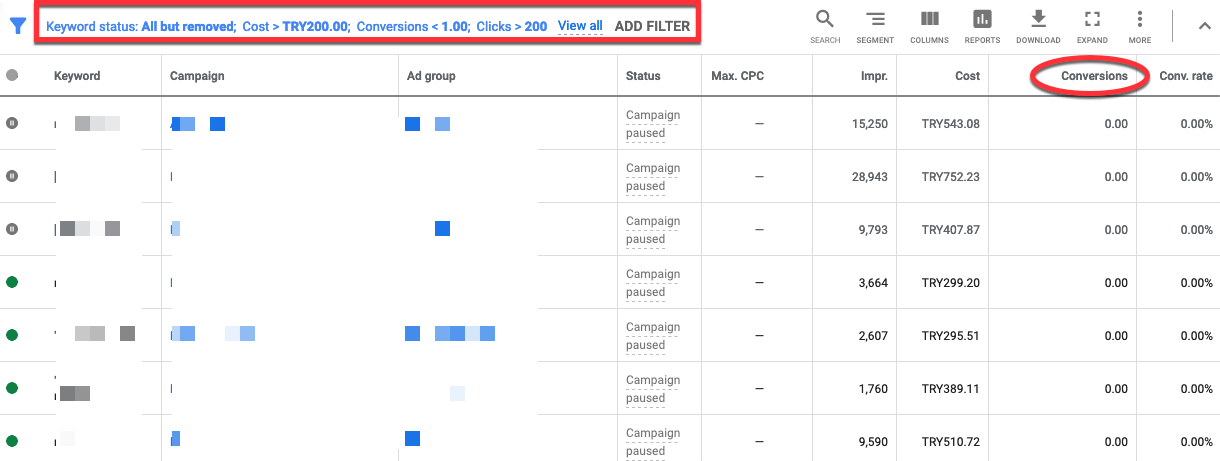
With the information you will get, you can pay less attention to such words in your SEO works and prioritize the words with higher conversion numbers in your plans.
Ads Title & Description
You can manually create ad titles and descriptions used for Search Ads and collect data to increase your CTR. You can use the ad titles and descriptions with the highest CTR, for example, in the category you're advertising in the SEO side.
You can also test, for example, how CTR is affected if the word “free shipping” is not mentioned in the titles.
I suggest you constantly test your ad copies and then build your meta information on the website accordingly;
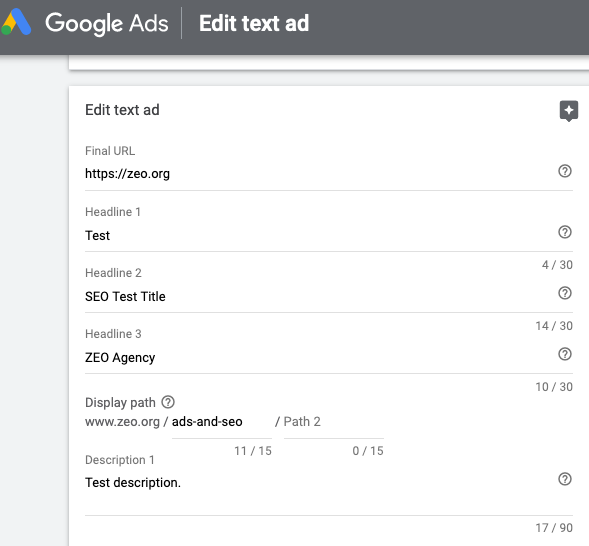
For example, suppose you do this work for your /dress category. Your search ad has been active for 1-2 weeks and you have collected some data. Find the ad copy with the best CTR and change the title & description sections of the /dress category.
Always note the date on which you added it to the website, track the “Average CTR” metric in the Search Console and analyze the result of your work.
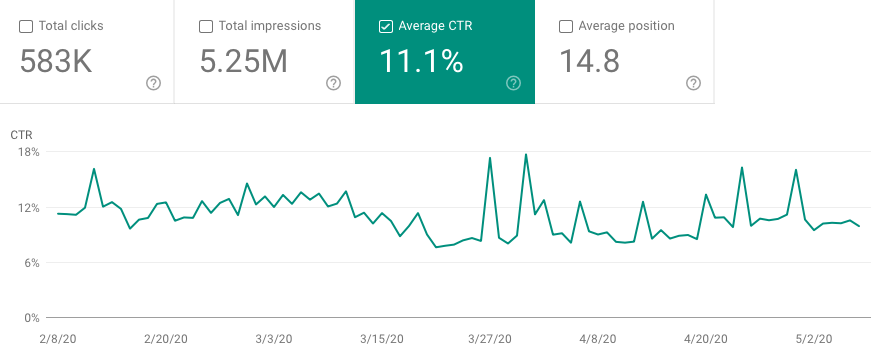
Locations
By identifying the locations with Google Ads, you can find the regions with the most conversion and improve your optimizations accordingly.
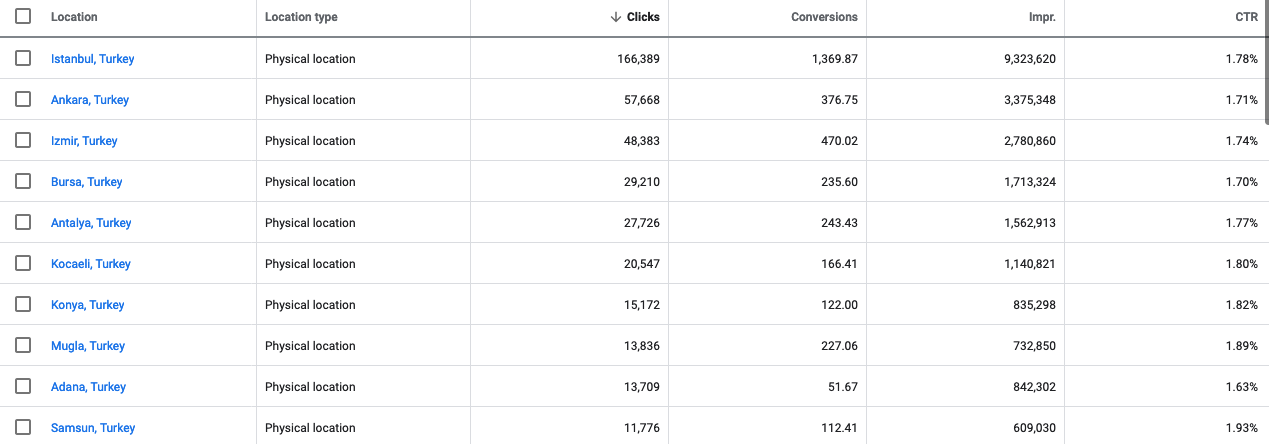
For example, let's say that you have a website that sells "tickets". You want to improve the relevant pages in terms of SEO meta tags and other issues from among all your location pages. You can use your energy and time more efficiently if you sort the locations by conversion number and start to work accordingly.
You can even expand this analysis specifically for airports.

Besides, you can analyze your location pages with no conversion (if any) via Google Search Console and take action to improve them.
Tracking the Trends
With the Google Ads Keyword Planner Tool, you can determine the date ranges and identify in which month and in which type of device the word of your choice is trending. Especially considering that the trends have been constantly changing during COVID-19, it is crucial to be able to identify the data of the previous month.
For example, you can find in the image below the trend of the word ”bread maker" in a way that includes device distribution. You will surely benefit from researching many words like this and tracking them with the tool in order to keep up with the trends.
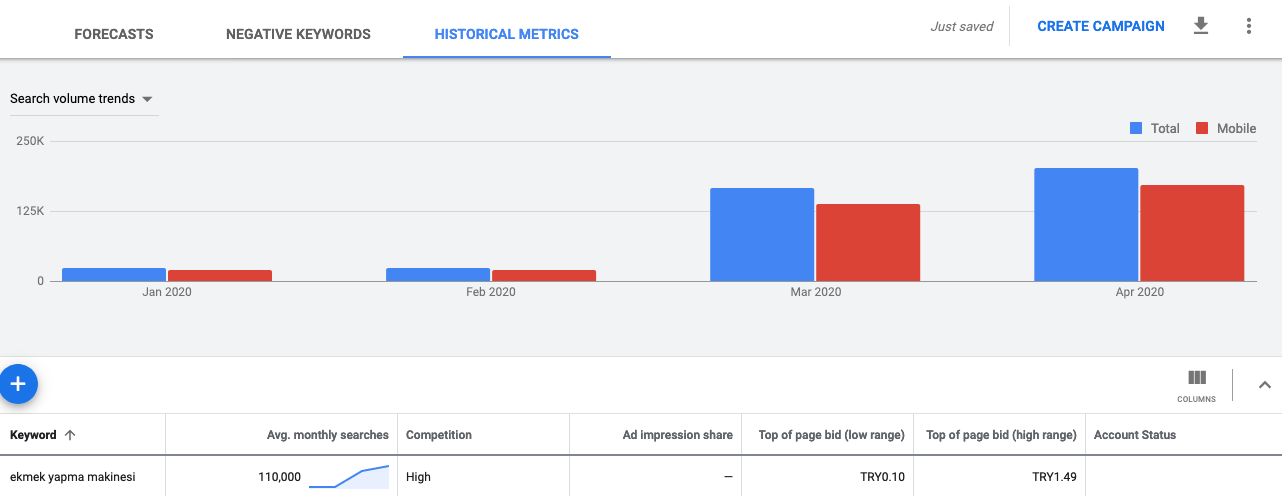
Aside from Trends, you can also find out about metrics such as "the average number of monthly searches for words" with this tool for free.
Display Campaigns
In display campaigns, you can view other websites where your website's ads are displayed. Here you can identify websites that might appeal to your website's target audience and that provides you with conversion, thus taking a step in the outreach side.
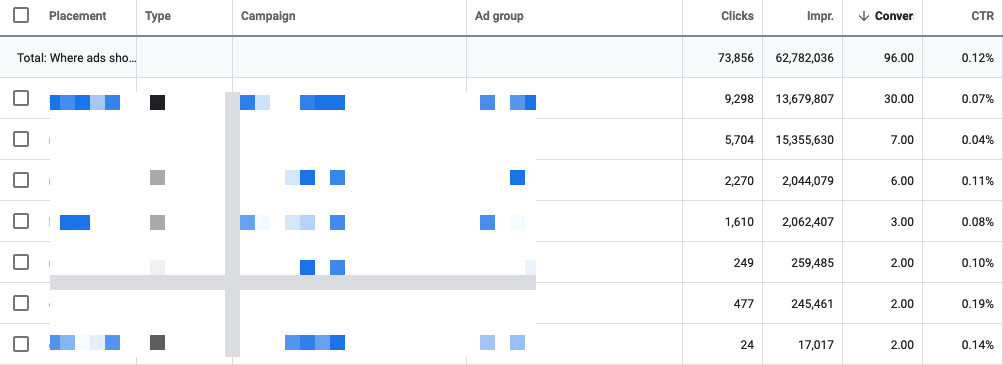
You may want to consider producing content that can organically attract the target audience to your website. In addition, you definitely want to pay attention to Google's suggestions when preparing these texts.
Google Merchant Center
With the feed you upload to Google Merchant Center, Google scans your products and shares the bugs and warnings it sees in the products. From a logical point of view, if the image of a product is invalid, it's almost impossible to even have the organic visitors of your website buy this product, let alone receive conversion via Google Ads.
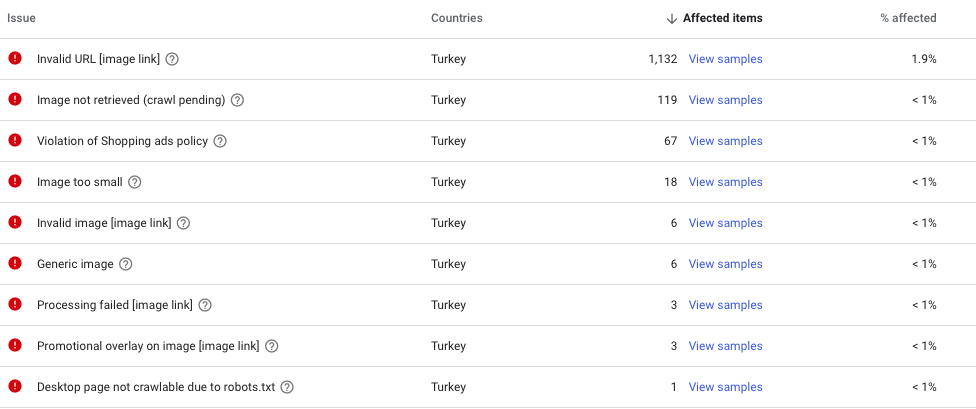
Continuing with the image above, I can see that more than 1.000 of the products on my website have images with invalid URLs. With this report, I am able to identify images that either contain promotional overlay or are too small. Thus, I can determine what I should do in order to offer Google a more proper website structure.
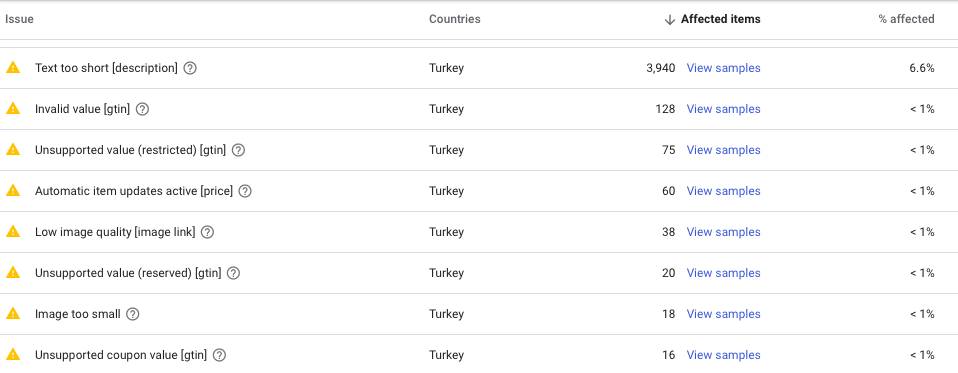
You can think of these issues like the warnings section, which includes structural data along with errors. I can clearly see that the description of the product is too short and that there are some issues with the quality of the images. Once again, I can quickly make an action plan regarding this issue.
When you check the details of the products uploaded with the feed, you can see which individual product has the error. There may also be multiple errors in a single product.

You can see this type of errors via Merchant Center without crawling or, if you have a vast number of products, even before the crawling process is finished. It is truly an amazing feature. Besides, searching for information about the quality of the image in SEO tools is virtually non-existent in 2020. Google also made an update on displaying the products in the shopping results.
(Bonus!) Best Seller
Another feature that helps you obtain the perfect data from Merchant Center is the Best Seller section where the best-selling products are listed. It is currently not supported in Turkey; however, if you provide service in the foreign market, you can use it in order to follow the market.
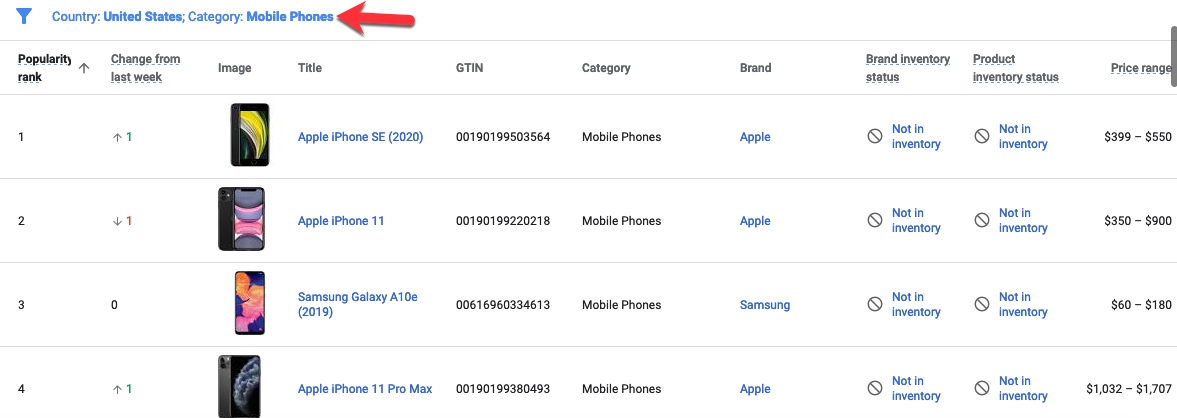
One of its best aspects is that you can break the categories down to the lowest sub-category, and see the best-selling products in that category for free. In addition, you can see the best-selling products of each specific brand with the brand section;
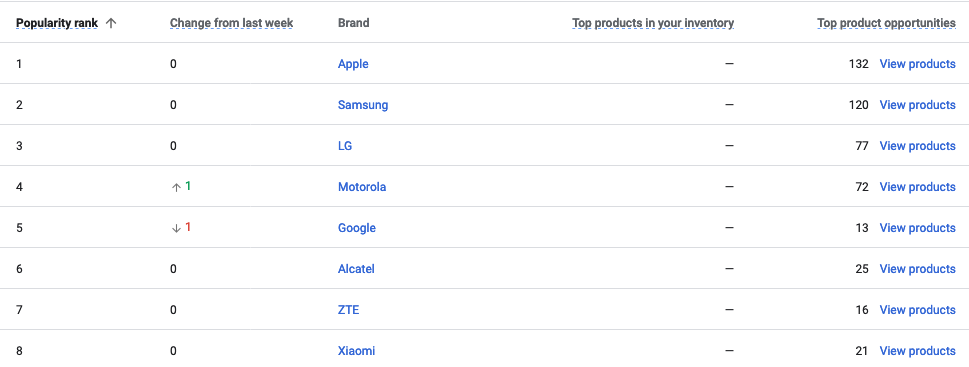
That's all :)
As I near the end of my article, I highly recommend you to take a look at Utku's article on Google Ads campaigns which he prepared with R.
I wish everyone days full of data ahead!















